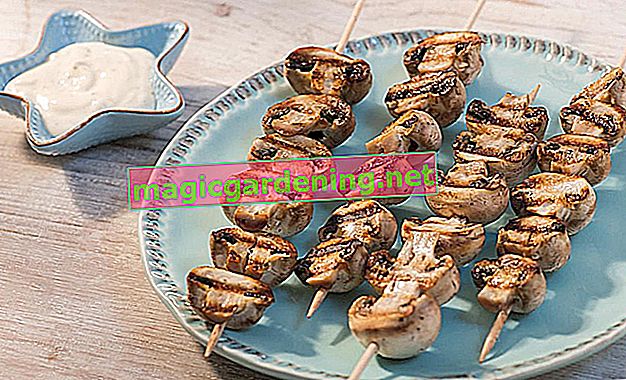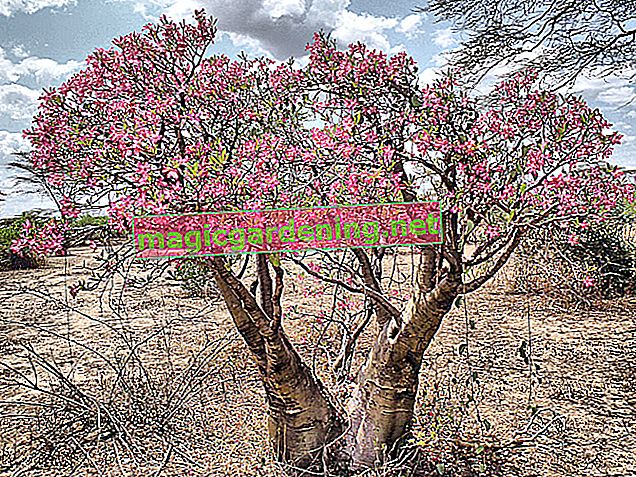
All parts of the plant are poisonous
Basically all parts of the bleeding heart are poisonous, with the heavily poisonous ones mainly being located underground. The roots in particular contain various alkaloids, of which the isoquinoline alkaloid protopin is particularly effective as a toxin. The same substance is also found in other, sometimes highly poisonous, poppy plants such as celandine (Chelidonium majus), the California poppy (Eschscholzia californica) or the white poppy (Macleaya cordata). The bleeding heart is traditionally not used in medicine either.
also read
- Beware of children and pets in the garden: the African lily is poisonous
- Replant a bleeding heart as rarely as possible
- Bleeding heart has yellow leaves, what to do
Symptoms of intoxication
Depending on which parts of the plant have been eaten and in which quantities, milder symptoms of poisoning such as a burning sensation in the mouth and stomach and intestinal problems are to be expected. The latter can also be accompanied by vomiting and diarrhea. If the poisoning is more severe, symptoms of paralysis are possible. Fatal poisoning due to circulatory failure cannot be ruled out either.
What to do in case of poisoning
If you or your child accidentally eat or swallow parts of the bleeding heart (or any other poisonous plant), the best thing to do is to:
- Be sure to stay calm.
- Remove any plant debris from your mouth.
- Do not induce vomiting!
- Instead of milk, it is better to drink still water or tea.
- Call the poison control center or drive to the nearest hospital.
Tips
You should also wear gloves when gardening with the bleeding heart (e.g. cutting), especially if you have sensitive skin and are prone to contact eczema anyway.








